UPDATE: Accredited Employer Work Visa
The first stage of the new “Accredited Employer work visa” system went live yesterday and Immigration lawyers and advisors are all go!
In case you are somehow still out of the loop, from 4 July 2022 all employers wanting to support migrant workers for a visa application will need to be an Immigration New Zealand “Accredited Employer”.
For most businesses, getting Accredited will be a relatively straightforward process. You will need to declare that your business is financially viable, is compliant with all New Zealand employment and immigration laws, is committed to supporting your migrant workers and will complete a series of online employment modules (and will let your migrant employees do the same).
However, if your business places migrant employees with a third party (i.e. if you are a labour-hire company) or is a franchisee, then you will need to meet extra requirements before your business can be Accredited.
Once your business is Accredited, there will be additional steps before you can hire migrant staff. First, you will need to advertise the role you want to fill (called the “Job Check”) and submit the results of the advertising to Immigration New Zealand. Job Check applications will open on 10 June 2022. Your business will not need to complete the Job Check step if the role pays twice the median wage ($55.52 per hour) or is on the Green List of skill shortage occupations (https://www.immigration.govt.nz/new-zealand-visas/apply-for-a-visa/tools-and-information/work-and-employment/green-list-occupations).
If the Job Check is approved, then your prospective migrant employee will need to submit an application for the new Accredited Employer work visa. Accredited Employer work visa applications will be open from 4 July 2022. From this date, you will only be able to support migrant workers for visas under the Accredited Employer work visa.
Get in touch with us as soon as possible if you want to know more about Accredited Employer work visa and what it will mean for your business!






